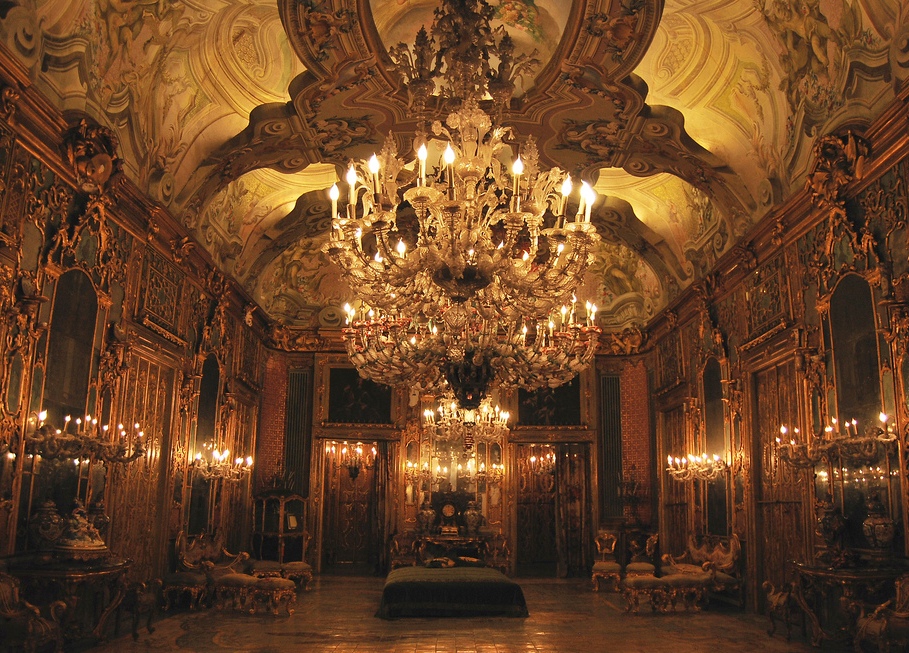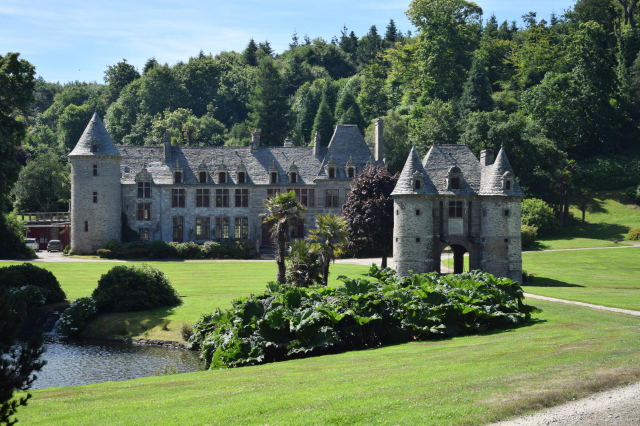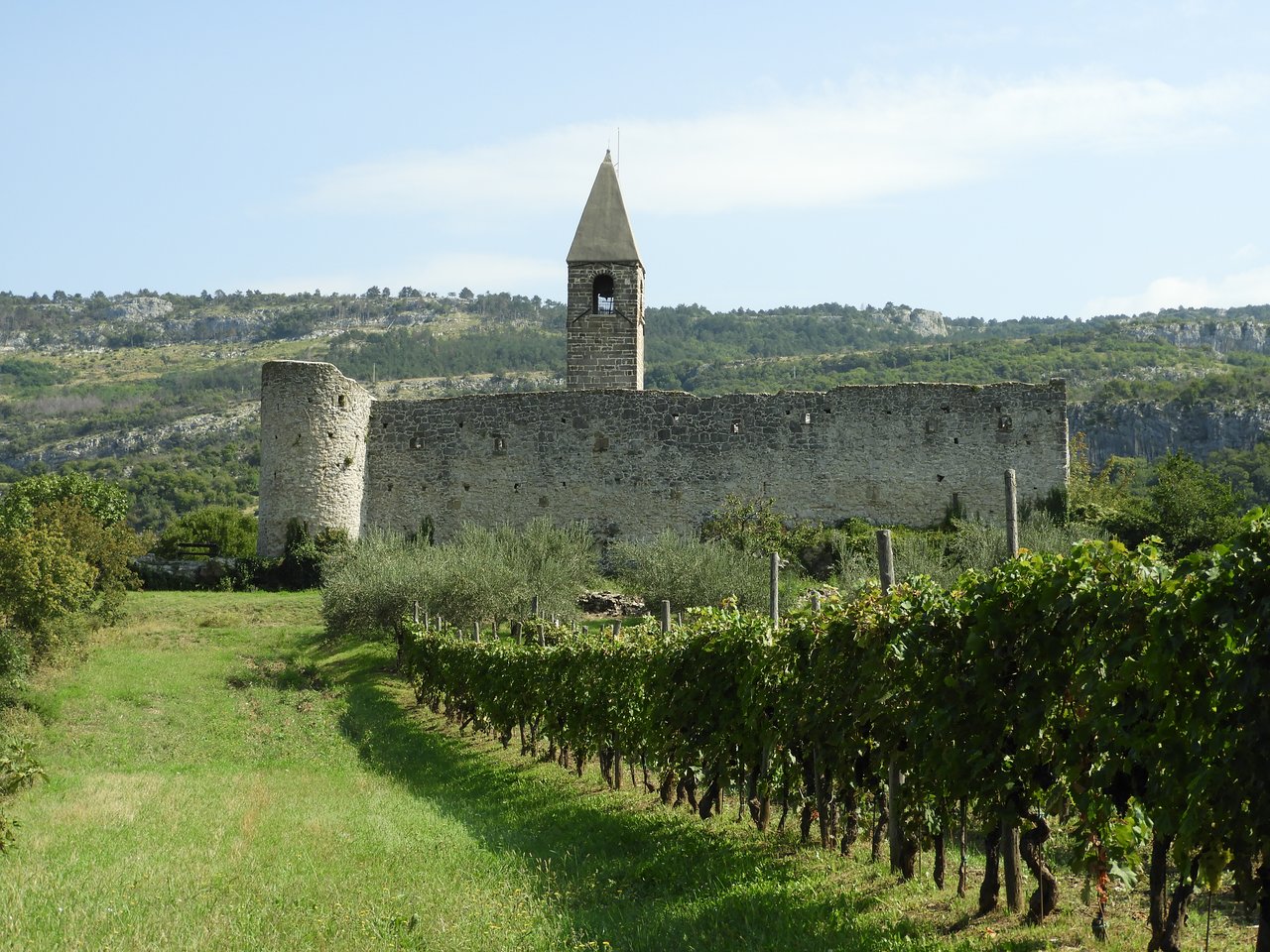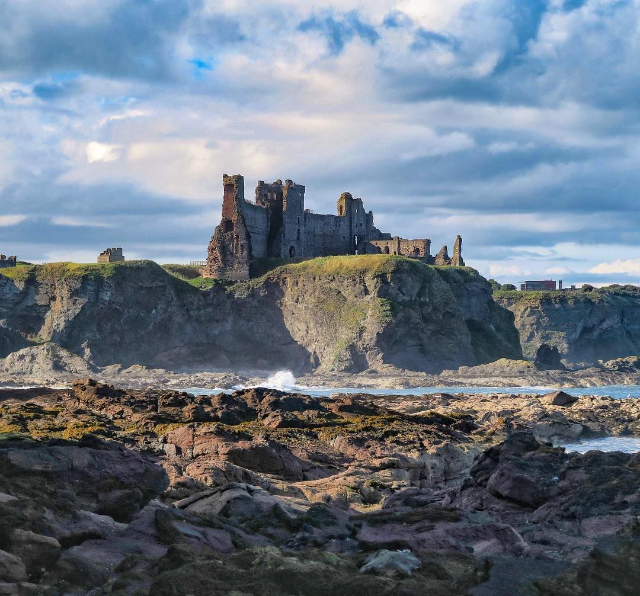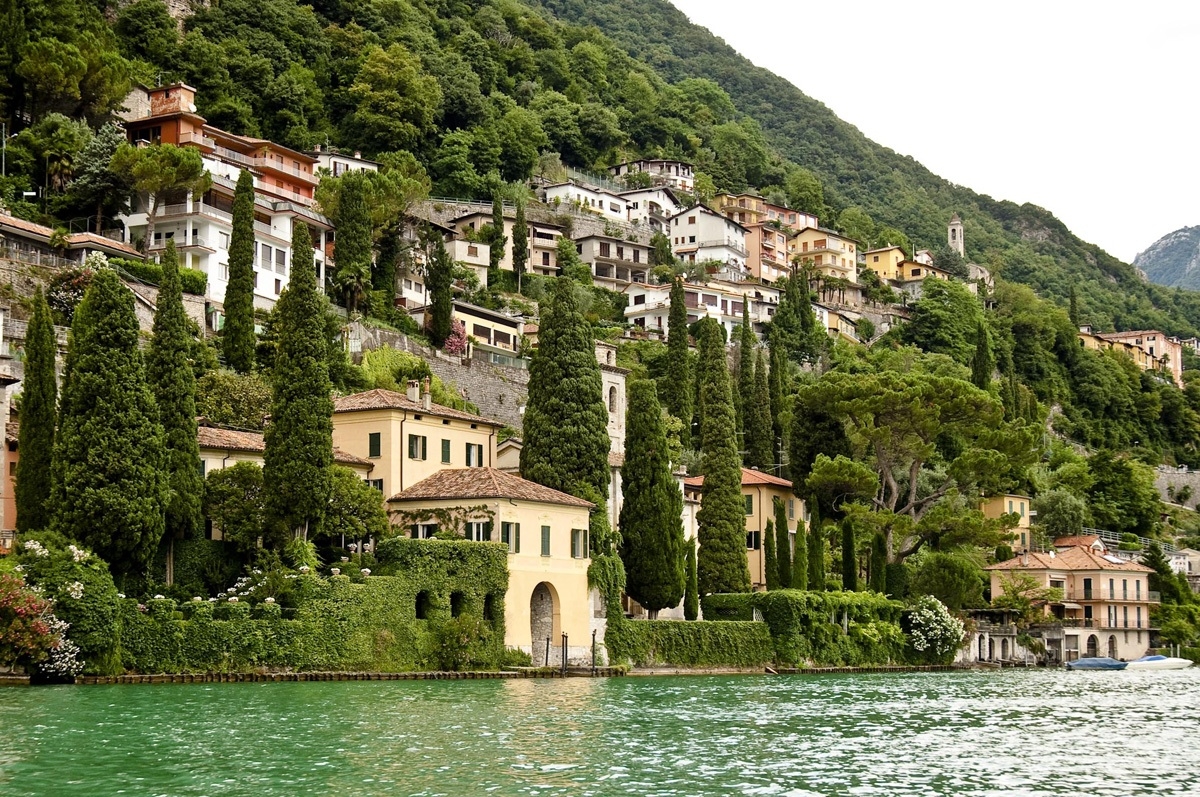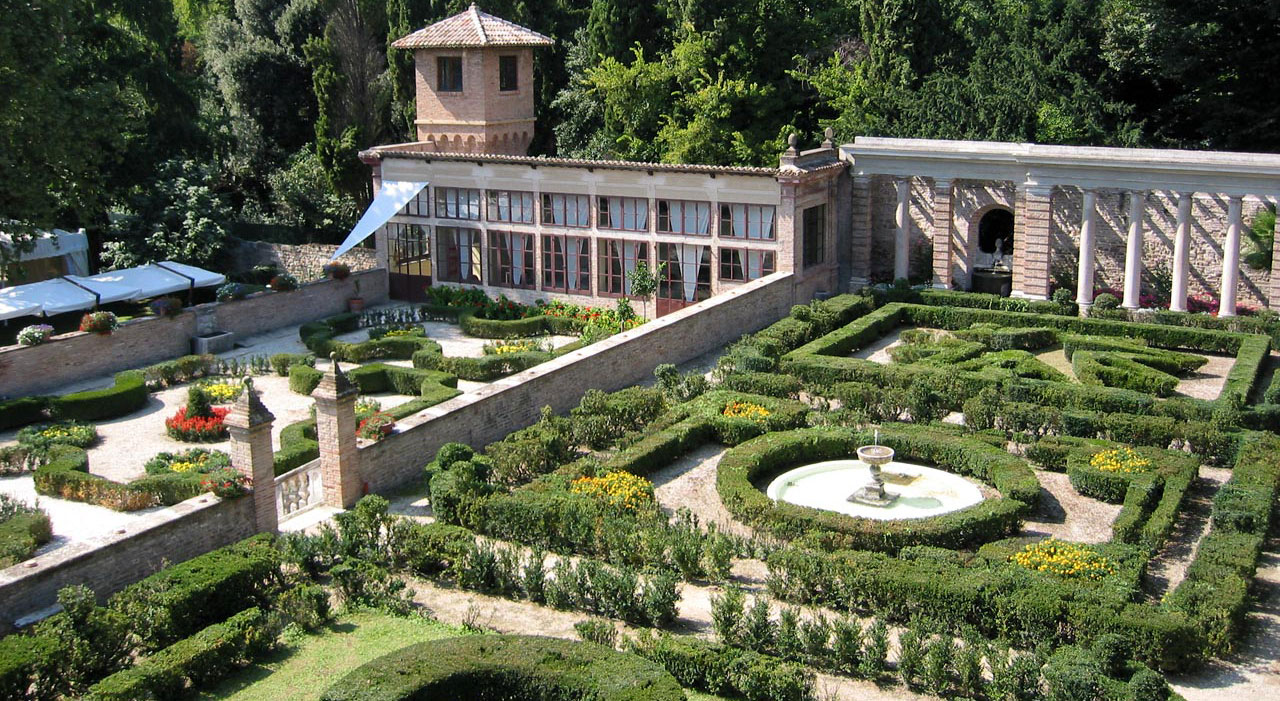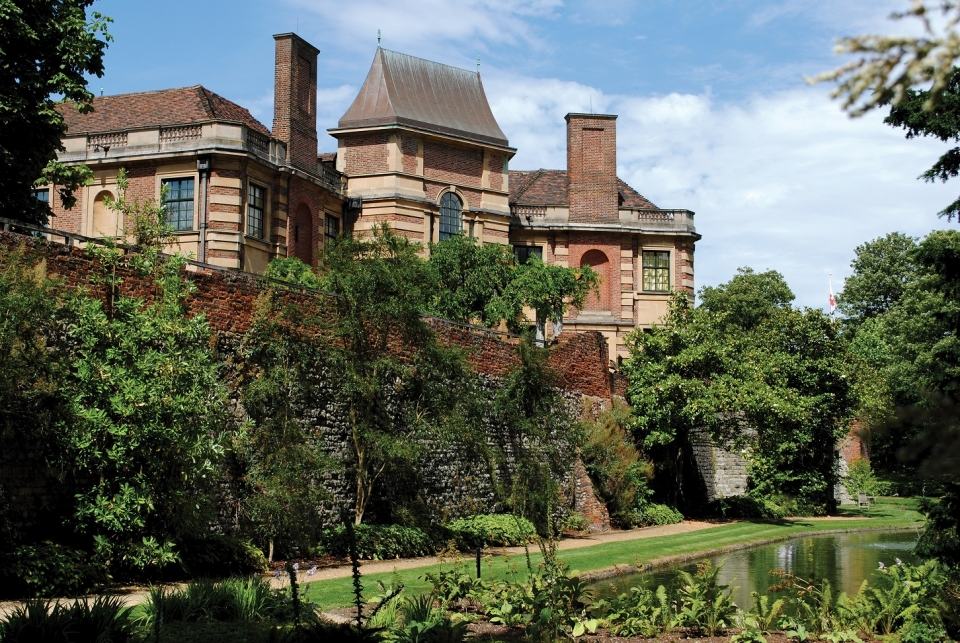Palazzo Valguarnera Gangi, an aristocratic palace that is still "alive", an authentic jewel set in the heart of ancient Palermo. To look at it from the outside you need great imagination to be able to imagine how splendid it is inside.
In Piazza Croce dei Vespri, in the Kalsa district, the main front of Palazzo Valguarnera Gangi stands out in all its grandeur, and for the great magnificence of its rooms, the complete preservation of the interior furnishings, and its extraordinarily grandiose layout, it can be considered one of the most representative palaces of the late baroque period in Palermo. The documented history of the palace begins in the mid-eighteenth century, when Prince Pietro Valguarnera, a member of one of the most prestigious families of the Sicilian aristocracy, of Spanish origin, decided, for the glory and grandeur of his family, to expand and reconfigure in courtly forms, his palace on the floor of the Misericordia, formerly called the floor of Guzzetta.
For the realization of his residence, the prince turned to artists of clear fame, including a young and brilliant architect Andrea Gigante from Trapani. Crossing the entrance hall opens the spectacular "ENFILADE" of rooms where you are amazed by the magnificence of the precious furnishings, the refinement and whimsy of the decorations, furniture, embroidered tapestries and the considerable number of objects, glassware and porcelain (a true passion of the aristocracy) so refined and rare.Passing through the Red Salon (in the 18th century it was customary to call the rooms by the predominant colour of the upholstery) and the Celeste Salon, one arrives at the grand ballroom, splendid in its magnificent furnishings, with sofas, consoles, carved chairs, decorated walls, boiseries, doors painted in pure gold, and tall period mirrors that reflect elegant ornaments. But what is most striking is the highly original openwork ceiling, an architecturally daring structure attributed to the genius of Gigante and inspired by the most scenic Baroque taste. This ceiling had to give fantastic effects, especially when the large Murano glass candle chandeliers were lit, of which the central one of 102 arms, comes from the "renowned workshop of Briati". All this redundant set of wonders, has no comparison in any other salon of the Sicilian eighteenth century, and expresses the spirit and taste of an era. In this gallery the director Luchino Visconti wanted to shoot the unforgettable sequence of the ball in the film "The Leopard".
